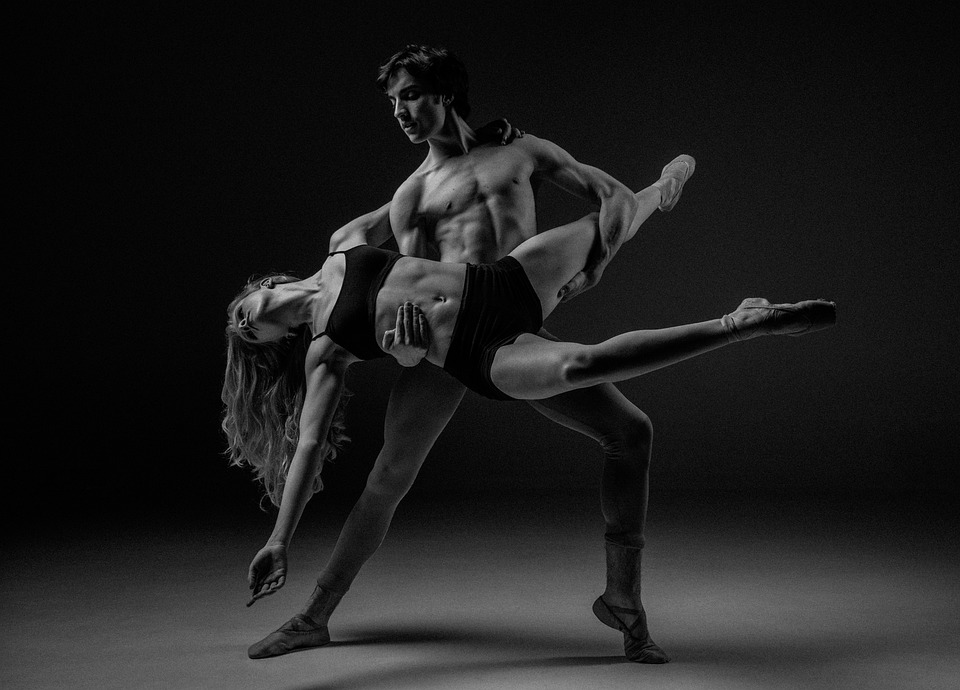Dance has been an integral part of human culture for centuries. From traditional folk dances to modern styles like hip-hop and ballet, it is a form of expression that captures the essence of rhythm and movement. But did you know that dance also has scientific benefits for both the body and mind?
Many scientific studies have explored how dance can positively impact our physical health. From a cardiovascular standpoint, dancing is a great way to get your heart rate up and improve stamina. Whether it’s dancing the night away at a club or participating in a structured dance class, the constant movement engages large muscle groups, promoting increased oxygen intake and circulation. This, in turn, contributes to a healthier heart and reduced risk of cardiovascular diseases.
Moreover, dance is a full-body workout that improves muscle strength, flexibility, and balance. The various movements and positions involved in dance routines engage muscles throughout the body, helping to tone and condition them. Regular dance practice can enhance core strength, as many dance styles require a strong and stable center to execute movements gracefully. Furthermore, the flexibility required in dance promotes joint mobility and prevents stiffness, reducing the risk of injury and improving overall physical performance.
Beyond the physical benefits, dance has undeniable effects on mental health and well-being. One of dance’s most significant mental health benefits is the release of endorphins, commonly known as “feel-good” neurotransmitters. Dancing triggers the release of endorphins in the brain, which elicit feelings of happiness and euphoria. This natural mood boost can reduce symptoms of stress, anxiety, and depression, allowing dancers to experience a sense of emotional well-being.
Moreover, dance provides an avenue for self-expression and creativity. Dance allows individuals to communicate emotions, stories, and ideas that may be difficult to express verbally. Through movement, dancers can find a sense of freedom and self-confidence, leading to improved self-esteem and body image.
Furthermore, dance has been linked to cognitive benefits, particularly in relation to memory and cognitive function. Learning choreography requires mental processing, recall, and sequencing, all of which can enhance cognitive abilities. Studies have shown that dance can improve memory recall and cognitive skills, making it an effective tool for cognitive rehabilitation in individuals with neurological conditions such as Alzheimer’s and Parkinson’s disease.
Dance also promotes social interaction and community bonding. Whether it’s performing in a group or attending dance classes, dance connects people with a shared love and passion for movement. Social connection offers numerous mental health benefits, such as reduced feelings of loneliness and increased social support.
In conclusion, dance is much more than a form of entertainment or artistic expression. The science behind dance highlights its many benefits for both the body and mind. From physical improvements in cardiovascular health, muscle strength, flexibility, and balance, to mental health benefits like enhanced mood, self-confidence, and cognitive function, dance offers a holistic approach to well-being. So, next time you hear a catchy tune, don’t hesitate to express yourself through dance and reap the physical and mental rewards it has to offer.

